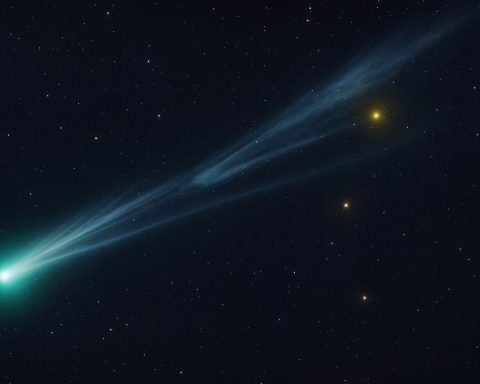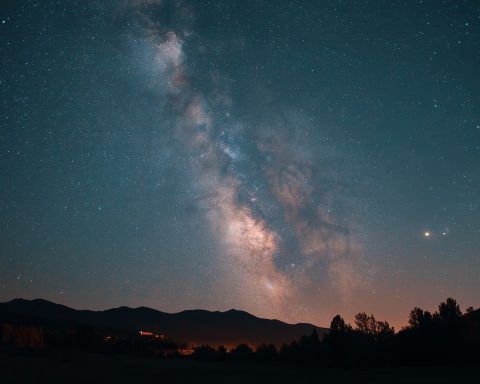
December 2025 Night Sky Guide: Supermoon, Geminids and Interstellar Comet 3I/ATLAS Light Up the Month
December 2025 is shaping up to be one of the most exciting skywatching months in years. As of December 1, space agencies and observatories are rolling out fresh forecasts: NASA has just published its “What’s Up: December 2025”guide, National Geographic has



